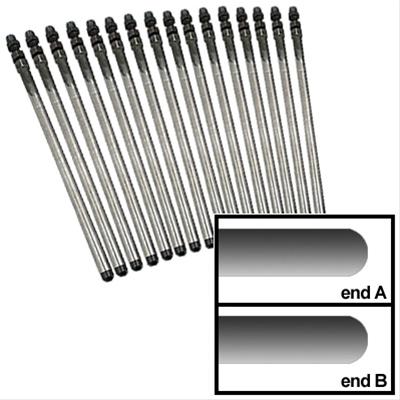Hello everyone.
I will try to be brief.
I have a 1959 Thunderbird with the original 4v FE 352.
I have taken the engine apart and was going to rebuild.
Currently looking like it will be about $2200 to do start to finish. Not building a monster mostly stock.
I have found a 1965 f-100 truck with the 2V 352 running for $600.
I know it has alot less horsepower but can i swap my intake manifold and carb on it as is? If so its a great price help.
I still have to do some wiring and the brakes on the car but would like to have a running engine sooner than later.
Also i dont know if the motor mounts are the same location.
Any light yall could shed would be amazingly helpful.
I will try to be brief.
I have a 1959 Thunderbird with the original 4v FE 352.
I have taken the engine apart and was going to rebuild.
Currently looking like it will be about $2200 to do start to finish. Not building a monster mostly stock.
I have found a 1965 f-100 truck with the 2V 352 running for $600.
I know it has alot less horsepower but can i swap my intake manifold and carb on it as is? If so its a great price help.
I still have to do some wiring and the brakes on the car but would like to have a running engine sooner than later.
Also i dont know if the motor mounts are the same location.
Any light yall could shed would be amazingly helpful.





 - but saved for later
- but saved for later











Comment